Cuba
Cuba Standard Time (CST), UTC−5
Cuba Daylight Time (CDT), UTC−4 from March to November
Sunrise ~06:00, sunset ~18:00 (varies with season)
1 hour ahead of Eastern Standard Time when CST; aligns with EST during northern winter
Cuban Peso (CUP), symbol “₱”
1 USD ≈ 25 CUP (official rate; black market may differ)
Exchange houses (CADECA) and banks; credit cards rarely accepted
Bring cash (USD/EUR); avoid street exchangers
January 1 – Triumph of the Revolution (1959)
May 20 – Independence Day (from US, 1902)
July 26 – National Revolution Day (1953)
Nationwide parades, concerts & fireworks
State-organized events; transport and accommodation book early
Visa-Free Countries
Visa on Arrival Countries
E-Visa Countries
Visa Required Countries
Culture
Cuba’s vibrant culture blends Spanish colonial heritage, West African traditions and revolutionary spirit. Music, dance and community lie at its heart—from the syncopated rhythms of son and rumba to the ritual of Santería.
- Music & Dance: Son Cubano, salsa, timba and Afro-Cuban jazz fill streets and clubs. Iconic musicians like Celia Cruz and Buena Vista Social Club defined global tastes.
- Religion & Folklore: Santería combines Yoruba beliefs with Catholicism; colorful ceremonies with drumming and offerings.
- Cigars & Rum: Cohíba and Montecristo cigars; Havana Club rum; factory tours in Pinar del Río and Santiago.
- Literature & Arts: Hemingway’s legacy in Havana; vibrant street art; galleries in Fusterlandia (Havana suburb).
- Education & Healthcare: High literacy (>99%) and universal healthcare; strong emphasis on community welfare.
- Architecture: Colonial-era plazas in Trinidad; Art Deco facades in Havana; pastel palaces along Prado Avenue.
Tourism & Best Sites to Visit
From the cobblestone streets of Old Havana to pristine Caribbean beaches, Cuba’s UNESCO World Heritage sites and natural wonders offer rich history, culture and adventure.

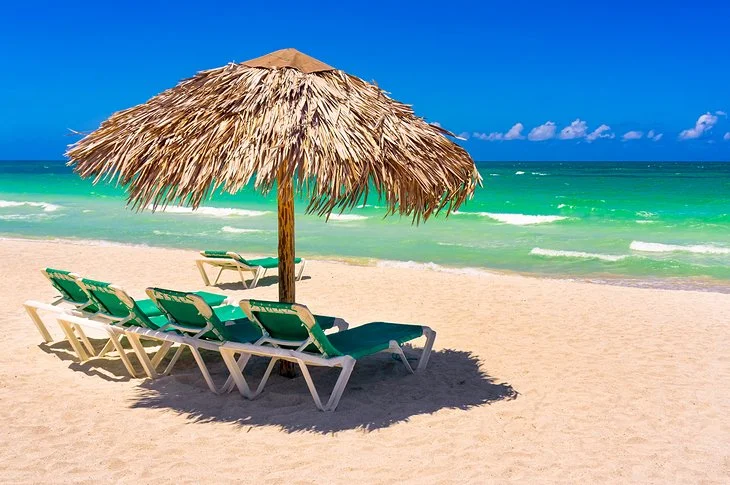
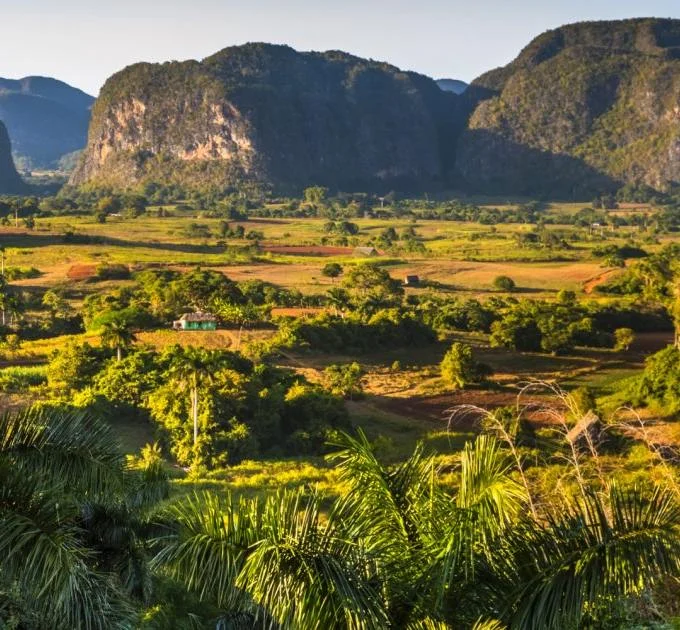
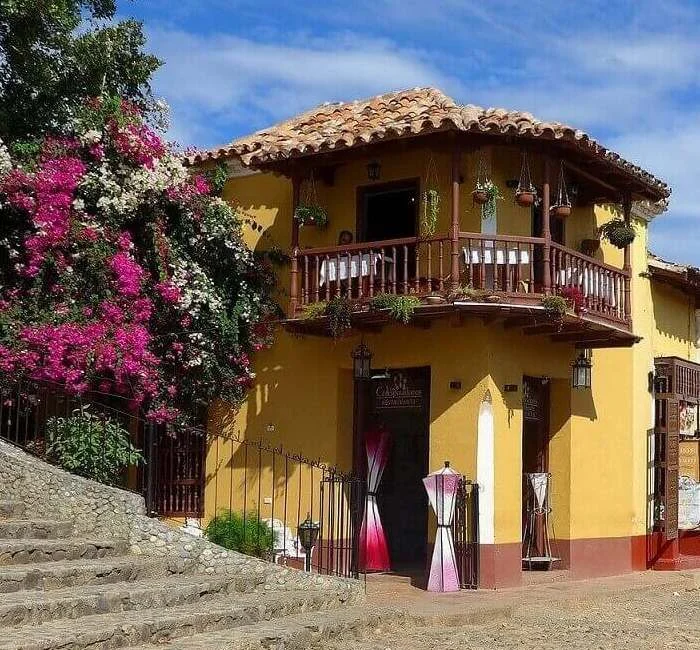
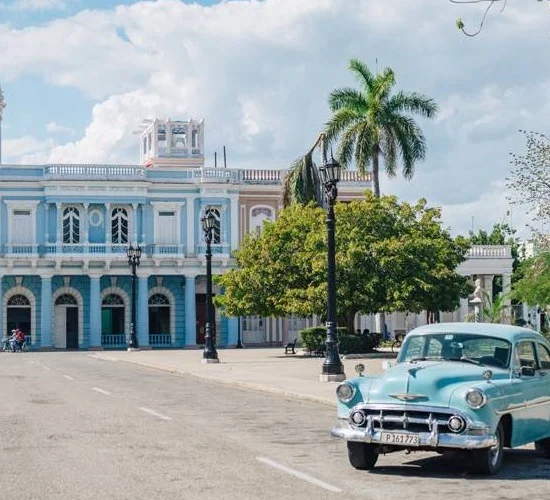
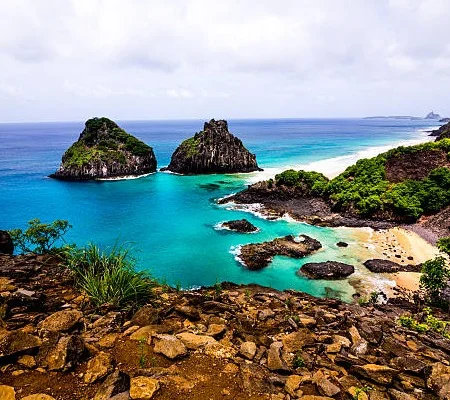
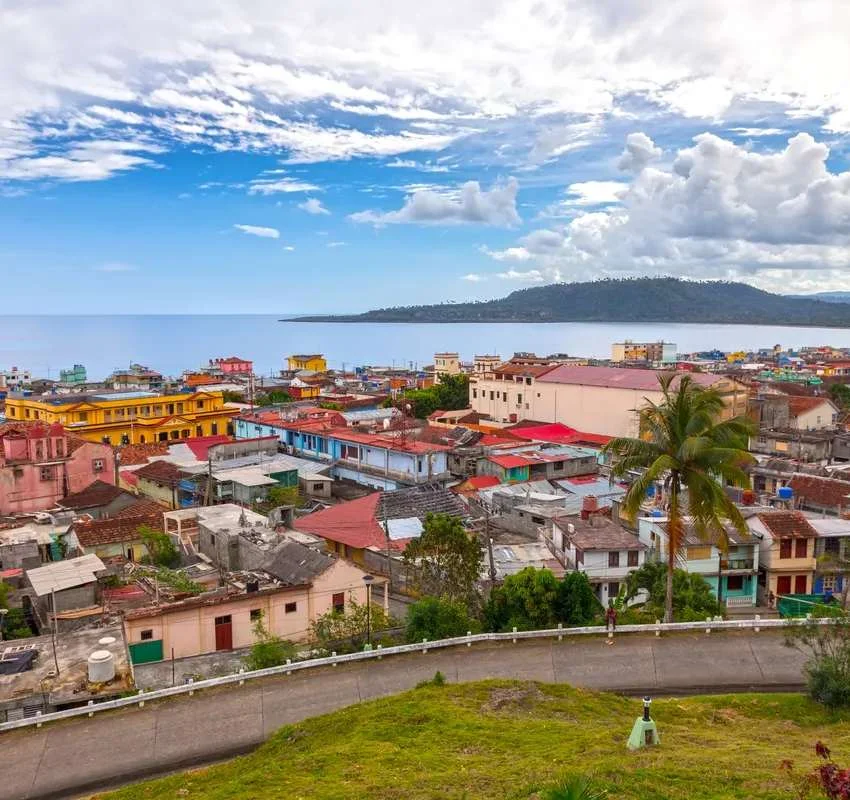
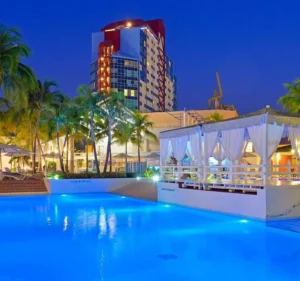
-
Old Havana, a UNESCO World Heritage site, is a living museum of Cuba’s colonial past. Its narrow cobblestone streets, lined with Baroque and neoclassical buildings, evoke the grandeur of the 16th century. Plaza Vieja and Plaza de la Catedral are must-see landmarks, while the iconic Malecón seawall offers stunning sunset views. Visitors can explore restored fortresses like Castillo de la Real Fuerza or sip mojitos at La Bodeguita del Medio, Hemingway’s favorite haunt. The vibrant street life, with classic cars and lively music, makes Old Havana a cultural feast. Wear comfortable shoes for walking and bring cash for small vendors.
-
Varadero Beach, stretching 20 kilometers along the Hicacos Peninsula, is Cuba’s premier beach destination. Its powdery white sands and crystal-clear turquoise waters make it ideal for swimming, snorkeling, and sailing. The beach is dotted with all-inclusive resorts, but public access remains open. Visitors can explore the nearby Varadero Ecological Reserve or take a catamaran to Cayo Blanco for dolphin encounters. Golfers will enjoy the 18-hole course at Varadero Golf Club. Evenings come alive with beachfront bars and live music. Pack sunscreen and book water activities in advance during peak season (December-April).
-
Viñales Valley, a UNESCO World Heritage site, is a breathtaking landscape of mogotes (limestone hills), tobacco fields, and traditional farms. Visitors can hike or horseback ride through the valley, visiting caves like Cueva del Indio or the prehistoric Mural de la Prehistoria. Tobacco farm tours reveal the art of cigar-making, with opportunities to sample local rum. The charming town of Viñales offers cozy guesthouses and rooftop restaurants with panoramic views. For the adventurous, rock climbing on the mogotes is a thrill. Visit in the early morning for cooler temperatures and fewer crowds.
-
Trinidad, a UNESCO World Heritage site, is a perfectly preserved colonial town frozen in time. Its pastel-colored mansions, cobblestone streets, and wrought-iron balconies reflect its 18th-century sugar boom. Plaza Mayor, the heart of Trinidad, is surrounded by museums like the Museo Romántico, showcasing period furniture. Climb the bell tower of Convento de San Francisco for sweeping views. Nearby, the Valley of the Sugar Mills offers ruins of old plantations. At night, the Casa de la Música hosts live salsa bands—dance lessons are a must. Stay in a casa particular for an authentic experience.
-
Cienfuegos, known as the "Pearl of the South," is a UNESCO World Heritage site with a distinct French influence. Its elegant Parque Martí is flanked by landmarks like the Tomás Terry Theater and the Provincial Museum. The Punta Gorda peninsula boasts stunning waterfront mansions, including the Palacio de Valle, a Moorish Revival gem. Visitors can take boat tours of the bay or relax at Rancho Luna Beach. The city’s vibrant arts scene shines at the Benny Moré Art School. Visit in February for the lively Cienfuegos Carnival. Bring a hat for the midday sun.
-
The Bay of Pigs, infamous for the 1961 CIA-led invasion, is now a tranquil spot for history buffs and divers. Playa Girón hosts a small museum detailing the failed operation, while the nearby Zapata Swamp offers birdwatching and crocodile sightings. Divers flock to Punta Perdiz for its coral reefs and underwater caves—visibility can reach 40 meters. Snorkelers will love the calm, shallow waters at Caleta Buena. The area’s laid-back vibe makes it perfect for a day trip from Cienfuegos or Trinidad. Pack insect repellent for the swamp tours.
-
Baracoa, Cuba’s oldest city, is a hidden gem nestled between mountains and sea. Founded in 1511, it boasts colonial forts like Fuerte Matachín and a vibrant indigenous heritage. The town’s isolation preserved its unique culture—try cucurucho, a coconut treat, or sip chocolate from local cacao farms. Hike to the flat-topped El Yunque mountain for panoramic views or relax on Maguana Beach’s golden sands. The nearby Alejandro de Humboldt National Park, a UNESCO site, offers biodiversity rivaling the Amazon. Baracoa’s charm lies in its slow pace—embrace it.
-
Santiago de Cuba, the island’s second-largest city, pulses with Afro-Cuban rhythms and revolutionary history. Visit the Moncada Barracks, where Fidel Castro’s rebellion began, or pay respects at Santa Ifigenia Cemetery, the final resting place of José Martí and Castro himself. The Castillo de San Pedro de la Roca, a UNESCO-listed fortress, guards the harbor with stunning views. Carnaval in July is a riot of color and music—don’t miss it. The city’s steep streets and lively plazas, like Parque Céspedes, invite exploration. For authentic son music, head to Casa de la Trova.
Transportation
Transport options range from vintage American cars to modern charter buses. Travel times can be long—plan extra for roadworks and checkpoints.
- Viazul Buses: Air-conditioned coaches linking major cities; book online early.
- Colectivos & Taxis: Shared taxis on fixed routes; private taxis negotiable by meter or per km.
- Classic Cars: Iconic “almendrones” offer photo ops and insider routes in Havana.
- Tren Francés: Tourist train between Havana–Santiago de Cuba; slow but scenic.
- Domestic Flights: Cubana de Aviación serves HAV, VRA, SNU, CMW, HOG, SCU.
- Bike & Bici-taxis: Pedicabs in towns; ideal for short hops in Trinidad and Havana Vieja.
Airports
Six international airports plus smaller airfields connect you to coastal resorts and cultural hubs.
- José Martí Intl. (HAV): Main gateway, 15 km SW of Havana; US flights via third-country stops.
- Juan Gualberto Gómez (VRA): Serves Varadero & Matanzas; seasonal charters.
- Abel Santamaría (SNU): Near Santa Clara; access to Trinidad & central plains.
- Ignacio Agramonte (CMW): Camagüey; hub for eastern provinces.
- Frank País (HOG): Holguín; close to Guardalavaca beaches.
- Antonio Maceo (SCU): Santiago de Cuba; cultural capital flights.
Visa & Travel
| Nationality/Region | Entry Status | Max Stay | Key Requirements |
|---|---|---|---|
| Argentina, Bolivia, Ecuador, Nicaragua | Visa Free | Up to 90 days | Passport valid ≥6 months |
| USA, Canada, UK, EU, Australia | Tourist Card | 30 days (extendable once) | Tourist card via embassy or airline; return ticket; proof of funds |
| China, India, Russia, Vietnam | Visa Required | As per bilateral agreement | Apply at Cuban embassy; invitation letter; bank statements |
| Transit (all nationalities) | Transit Allowed | ≤24 hours | Confirmed onward flight |
Health: Yellow fever certificate if arriving from endemic zones; travel insurance mandatory.
Customs: 10 cigars, 50 cigarettes, 125 ml perfume duty-free; up to 100 USD of other goods.
Money Matters: CADECA and bank exchange offices; ATMs limited; carry cash.
Safety Tips: Generally safe; beware of pickpockets in crowded areas; avoid unlit streets at night.
Etiquette: Greet with “¡Buenas!”; avoid political discussions; respect historic sites and local customs.

